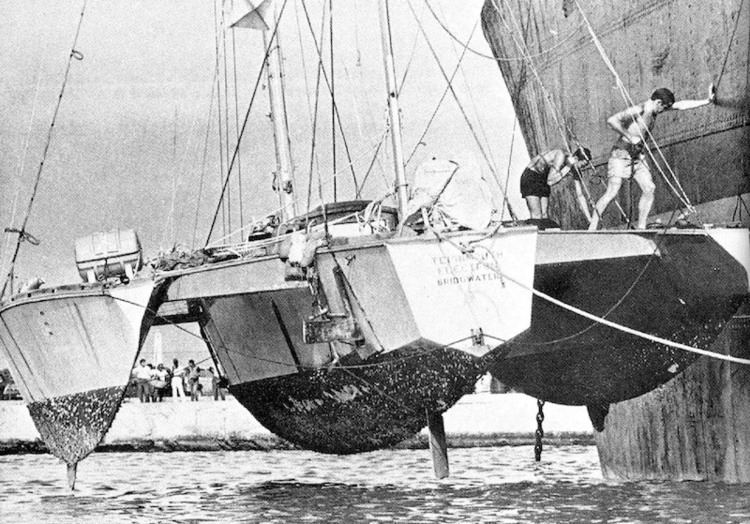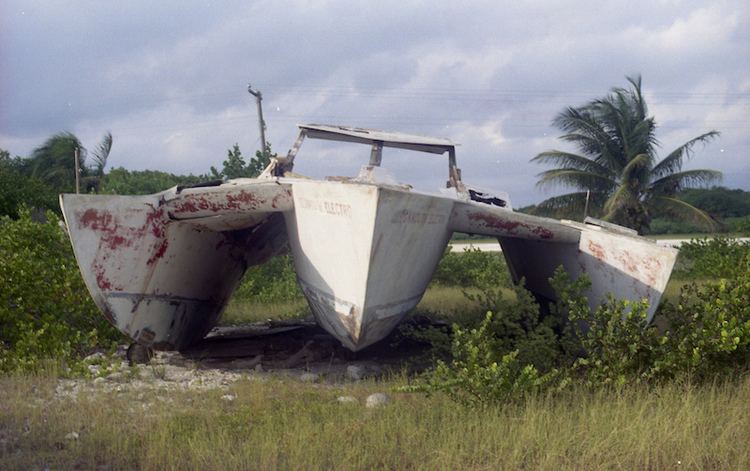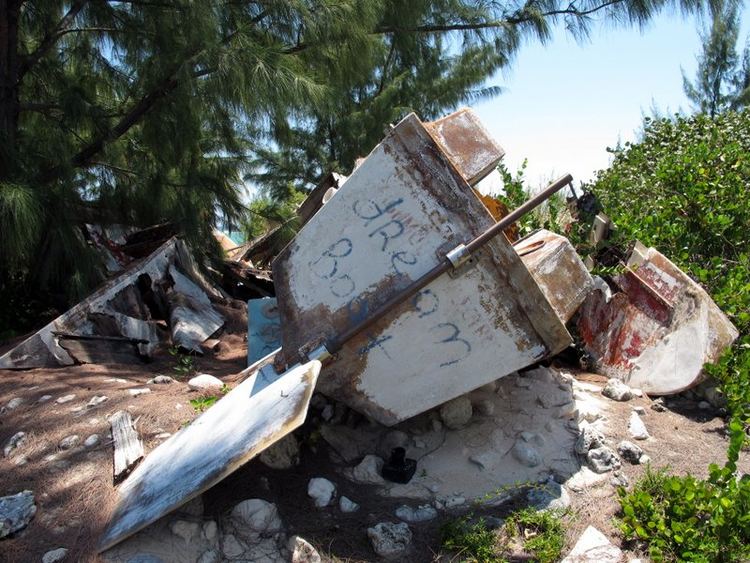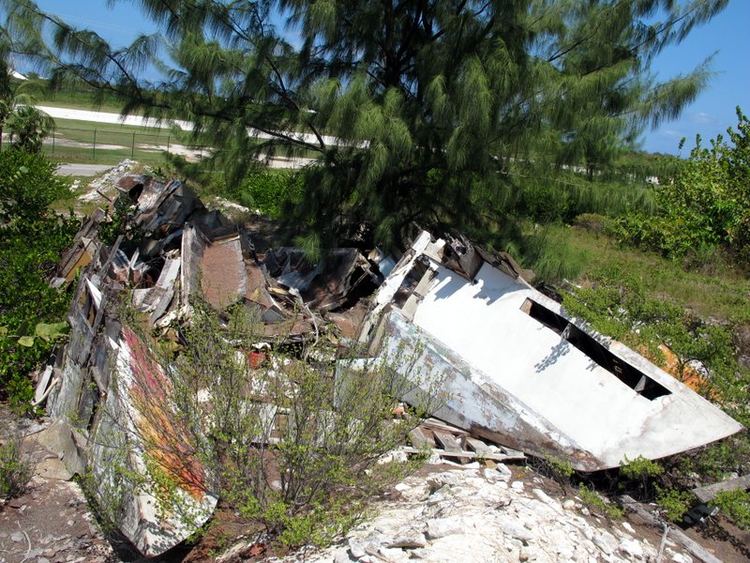 | ||
Teignmouth electron replica in teignmouth harbour for filming
The Teignmouth Electron is a 41-foot trimaran sailing vessel designed explicitly for Donald Crowhurst’s ill-fated attempt to sail around the world in the Golden Globe Race of 1968. She became a ghost ship after Crowhurst reported false positions and ultimately committed suicide at sea. The journey was meticulously catalogued in Crowhurst’s found logbooks, which also documented the captain’s thoughts, philosophy, and eventual mental breakdown.
Contents
- Teignmouth electron replica in teignmouth harbour for filming
- Teignmouth electron 10 31 1968 7 1 1969
- History
- Aftermath
- References

Teignmouth electron 10 31 1968 7 1 1969
History

In 1968, the British Sunday Times newspaper initiated a new sailing competition called The Golden Globe Race. The deceptively simple objective was to succeed in the first non-stop, solo circumnavigation of the earth. Thirty-four year-old Donald Crowhurst, an inventor, amateur yachtsman, and family man, decided to enter the race. Without a proper boat or open-sea experience, he set out to design and construct, from the ground up, a new and untested vessel. This uniquely engineered trimaran would become the infamous Teignmouth Electron. Designed by Arthur Piver, the Victress-class fibreglass trimaran was modified for the journey by Crowhurst and with the funding of others. With his effective persuasiveness and an exuberant passion, Crowhurst managed to convince various high-profile funders of his winning intentions even though his boating experience had been limited mostly to weekend pleasure sailing. With the help of experienced boat builder John Eastwood, the innovative but untried nautical designs would go from drawing board to reality in less than 5 months. The Teignmouth Electron, (an amalgam of the British town Teignmouth who partially sponsored the boat’s construction, and Crowhurst’s own fledgling but failing electronics company, Electron Utilities) was “completed” just days before the race’s deadline, leaving testing and innumerable details incomplete. The boat was 200 percent over budget. On 31 October, 1968, the last day possible to begin the race, the Teignmouth Electron and Donald Crowhurst sailed into the Atlantic.

The boat immediately experienced problems. She took on water, fittings broke, the generator failed, and communication equipment was still unfinished. Design flaws made the Electron nearly impossible to steer, resulting in a bizarre and erratic zigzag sailing pattern. During Crowhurst’s 243 days at sea difficulties would continue to escalate.

At some point Crowhurst, sensing the project’s failure and unable to reconcile how this failure would affect him personally, financially, and professionally (his failing company was leveraging a portion of the cost) began faking an elaborate and faux-heroic course around the world. Crowhurst kept two logbooks: one detailed his innermost thoughts along with accurate readings of his journey; the other held forged entries of his imaginary progress around the world. For the next eight months, he sailed listlessly, never leaving the Atlantic. During this time, his mental state deteriorated. Gradually his epic deception, couched within extreme isolation, cultivated a form of psychosis that bridged complete insanity with perfect lucidity. As his mental state continued its rapid decline his writing became more prolific and eccentric. He began a 25,000-word manifesto in which he confronted topics ranging from meaning and existence, transcendental truth, fate, as well as a “functioning” model to erase the gap between the physical and the sentient.
In July 1969, after providing false readings to the race organisers for months, Crowhurst learned that the other sailors had either dropped out of the race or that their boats had fallen apart mid-course, leaving the Teignmouth Electron in position to not just finish, but actually win the race. This was too much to bear and mental anguish set in. Crowhurst felt that his only escape was death. On 10 July, 1969, the Teignmouth Electron was found ghosting in the Atlantic, empty. The last logbook entry was dated 3 July. The boat was found in a state of disarray but contained in plain view his detailed logbooks outlining his grand lie as well as what he believed to be his ultimate life’s work - ideas written directly to humankind with “instructions” on attaining transcendence.
Aftermath
The Teignmouth Electron was taken to Florida, the nearest mainland location. The Electron’s British funders, wanting to recoup their losses and forget the horrible and embarrassing event sold the boat in auction sight unseen. A scuba diving company in the Cayman Islands purchased the strange-looking yacht and it stayed in commission as a diving boat until the early 70’s before she was sold to George McDermott who ultimately sold her to his brother, Winston. The boat was used for several years, but because of her awkward design, she never lent herself to constant use. While moored off the coast of Cayman Brac, the boat was damaged in a hurricane. Winston beached the boat and well aware of the boat’s history had eventual intentions to repair and restore her, though his plans never materialised.
The Electron has sat in the same location for nearly 35 years slowly decaying with the elements. In 2006 American artist Michael Jones McKean purchased the boat, well past the point of restoration. In 2007 the island of Cayman Brac was hit by Hurricane Paloma, a category 4 storm which caused severe damage to over 90 percent of the structures on the island. The Teignmouth Electron was also severely damaged in the storm.
